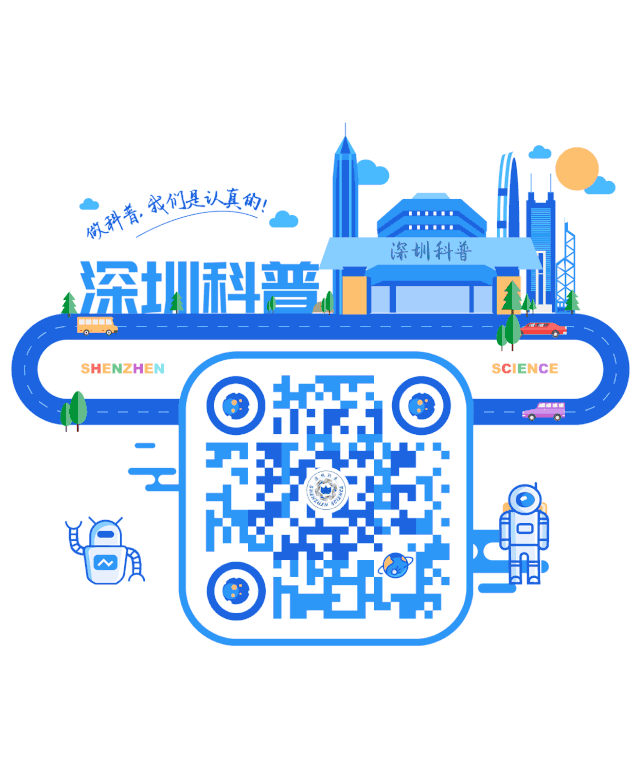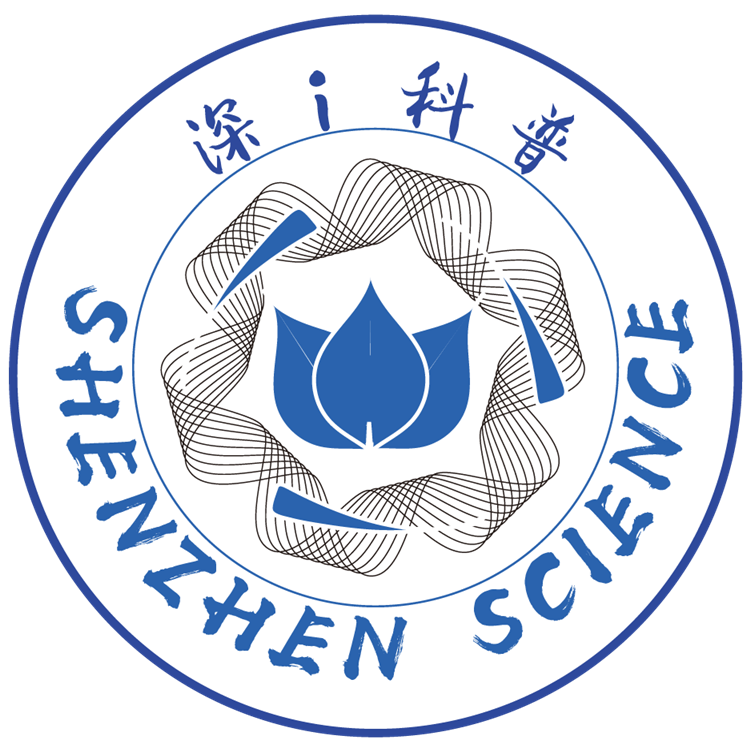
Family-oriented
Science popularization education service platform
Science popularization
What is a computer
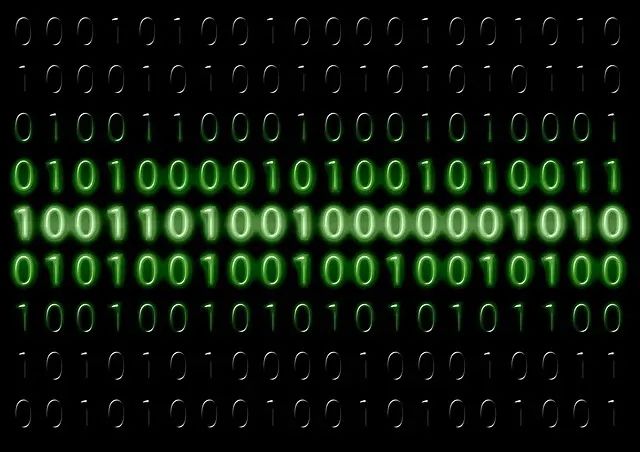
Also known as a computer, it is a modern electronic computing machine used for high-speed calculations, capable of performing numerical and logical computations, and has memory storage capabilities.
It is a modern intelligent electronic device composed of hardware and software systems that can automatically and rapidly process massive amounts of data according to programmed instructions.
A computer that has no software installed is referred to as a bare machine. It can be classified into five categories: supercomputers, industrial control computers, network computers, personal computers, and embedded computers. More advanced types include biocomputers, photonic computers, and quantum computers.
The birth and development of computers
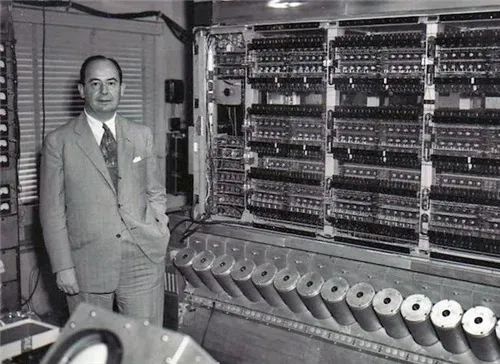
Inventor: John von Neumann
Stamp
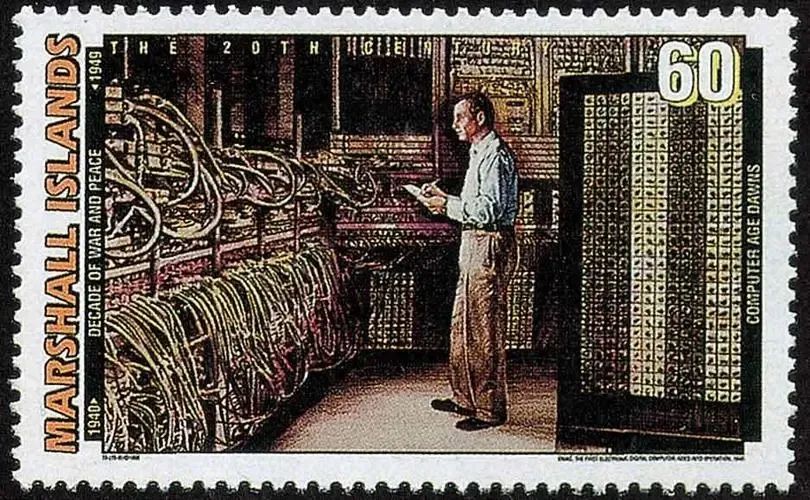
The computer is one of the most advanced scientific and technological inventions of the 20th century, having an extremely important impact on human production and social activities, and has developed rapidly.
1st Generation: Vacuum Tube Digital Computers (1946–1958)
In terms of hardware, the logic elements used were vacuum tubes, and the programming languages were machine language and assembly language. The main application fields were military and scientific computing.
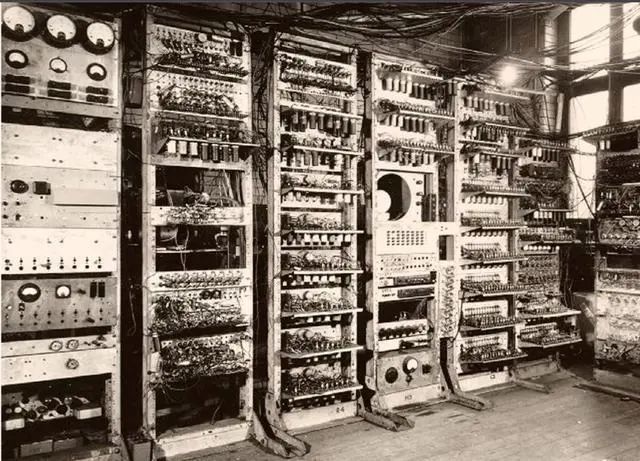
2nd Generation: Transistor Digital Computers (1958–1964)
In terms of software, operating systems, high-level languages, and their compilers were developed, with application fields primarily in scientific computing and business processing, and began to enter the industrial control field.
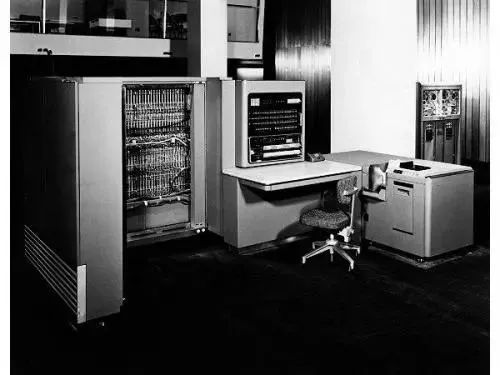
Characteristics include reduced size, lower energy consumption, increased reliability, and improved calculation speed (generally tens of thousands of times per second, up to 3 million times), with significant performance improvements over the 1st generation computers.
3rd Generation: Integrated Circuit Digital Computers (1964–1970)
In terms of hardware, logic elements used medium and small-scale integrated circuits, while software saw the emergence of time-sharing operating systems and structured, scalable programming methods.
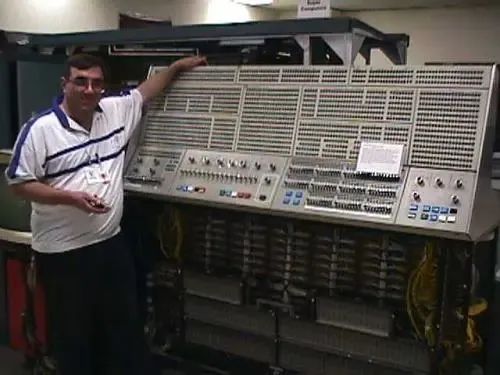
Reliability significantly improved, prices further decreased, and products began to move towards generalization, serialization, and standardization. Application fields began to enter text processing and graphic image processing.
4th Generation: Large Scale Integrated Circuit Computers (1970–Present)
In terms of hardware, logic elements used large-scale and ultra-large-scale integrated circuits, while software saw the emergence of database management systems, network management systems, and object-oriented languages.
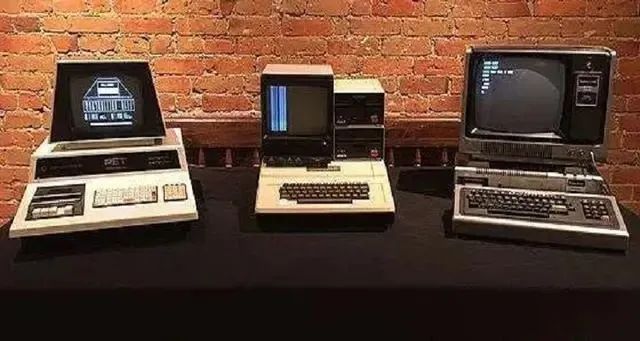
The first microprocessor in the world was born in Silicon Valley, USA, in 1971, marking the beginning of the microcomputer era. Application fields gradually expanded from scientific computing, business management, and process control to households.
Computers Entering Homes
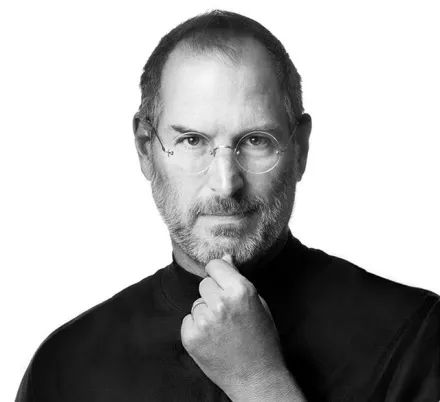
Steve Jobs (Father of Apple)
The Apple II, designed by Jobs and Wozniak, was the world’s first true personal computer, hailed as one of the 100 greatest inventions in human history, alongside China’s compass and papermaking. For this, they received the “Presidential Invention Award” from Reagan.
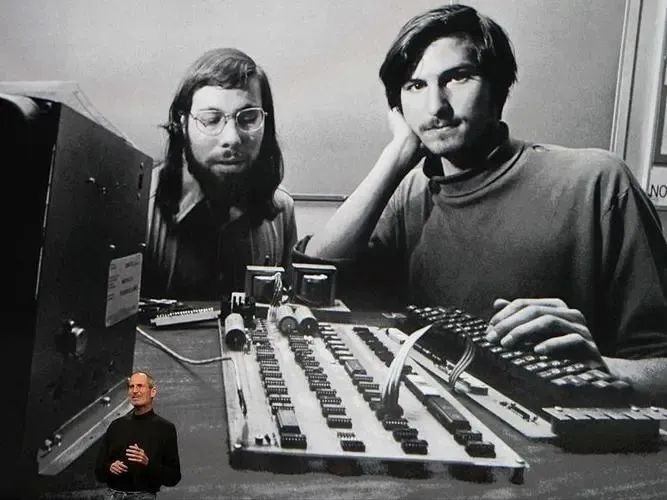
In 1977, he and Wozniak achieved the revolutionary feat of typing an “A” on the keyboard and having it displayed on the screen, marking a revolution in the history of human writing.
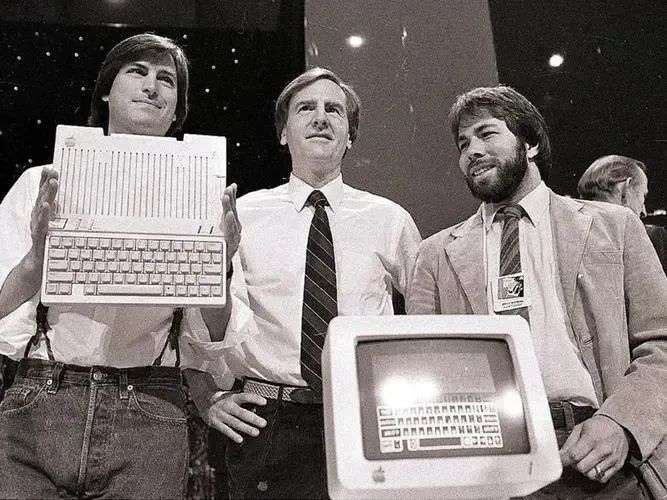
He introduced Xerox’s “window technology” and led the development of the Macintosh computer, which was the first to use this technology. The graphical interface developed under Jobs replaced the previous DOS commands, marking a revolution in computer technology. Five years after Jobs proposed the notebook computer, the first notebook computer was released.
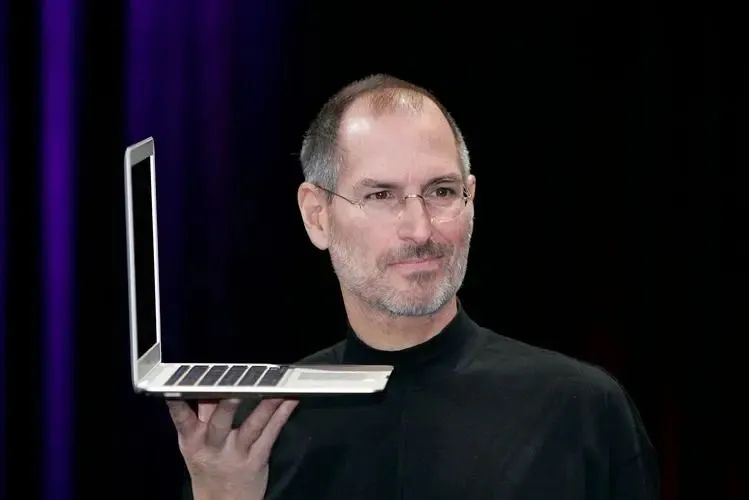
The iPad 1 was the first tablet computer released by Apple CEO Steve Jobs on January 27, 2010, marking the first generation of the iPad series, offering functionalities such as browsing the internet, sending and receiving emails, reading e-books, playing audio or video, and gaming.
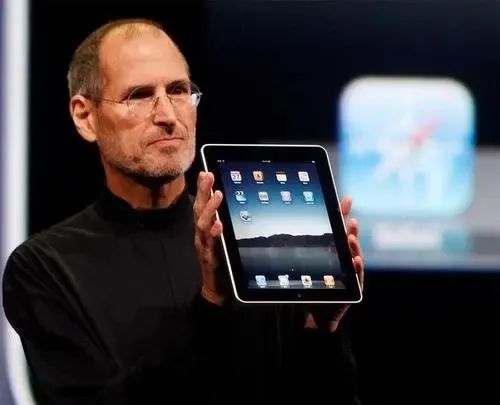
Assembling computer components
Motherboard
The motherboard houses the CPU (Central Processing Unit), memory (Random Access Memory), and slots for expansion cards (such as graphics cards and hard drives).
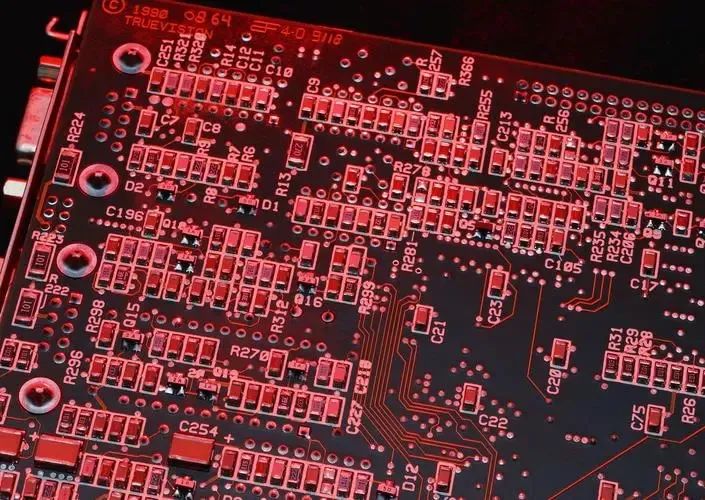
Central Processing Unit (CPU)
The CPU is the core of computation and control in a computer. The CPU, internal memory, and input/output devices are the three core components of an electronic computer. The programmability of a computer mainly refers to programming the CPU.
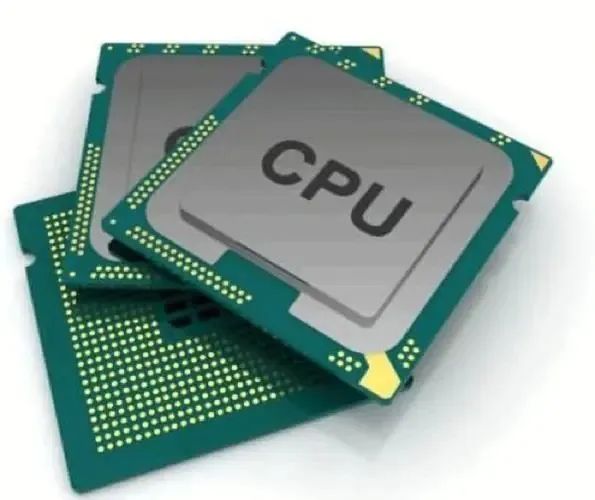
Graphics Card
The graphics card is one of the essential components of a personal computer. It controls the correct display of the monitor and is crucial for professionals engaged in graphic design.
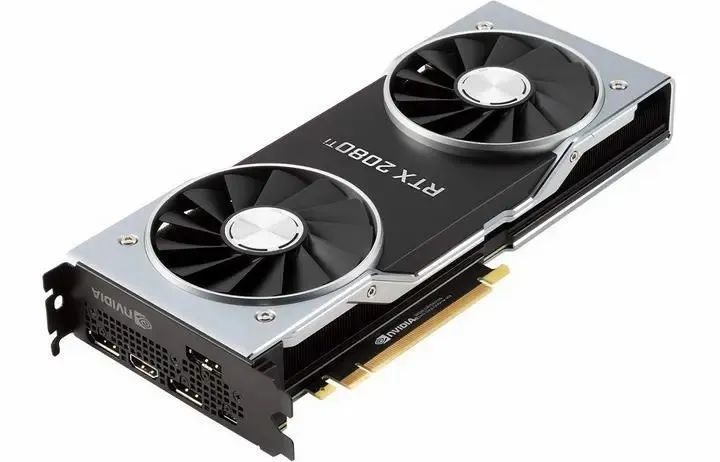
Memory
Memory is one of the important components in a computer, serving as a bridge for communication with the CPU. All program operations in a computer occur in memory, so the performance of memory significantly impacts the computer.
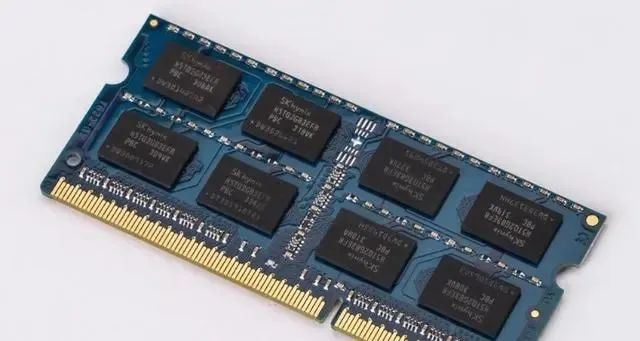
Hard Drive
The hard drive is one of the main storage media of a computer, consisting of one or more aluminum or glass disks coated with ferromagnetic material. The vast majority of hard drives are fixed drives, permanently sealed within the hard drive enclosure.
Mouse, keyboard, monitor, cooling, sound card, optical drive, etc., can be purchased and assembled according to personal needs.
Recommended Popular Activities
Disney Quality – Psychological Musical Summer Camp – Recruitment!
2023 Youth “Flying Child” Emotional Intelligence Empowerment Camp
Bay Area Summer Camp | Embrace the AI New Era, Explore New Technologies in the Bay Area
Science
Deep i Science Popularization
We take science popularization seriously! Deep i Science Popularization provides scientific, authoritative, and accurate science popularization information and research projects, aiming to become a warm science education service platform.
